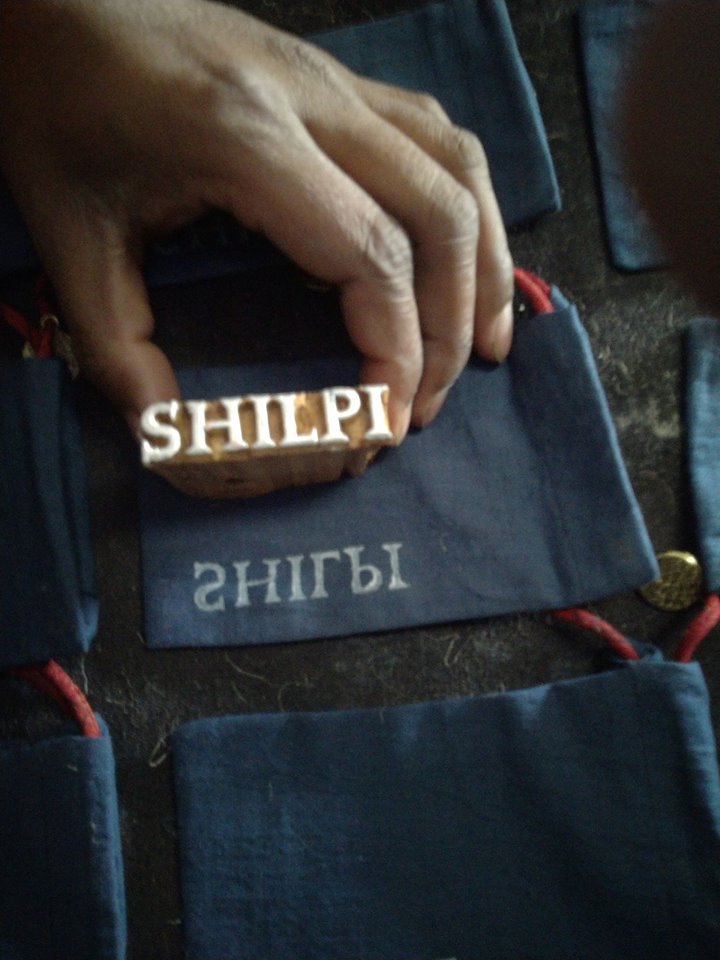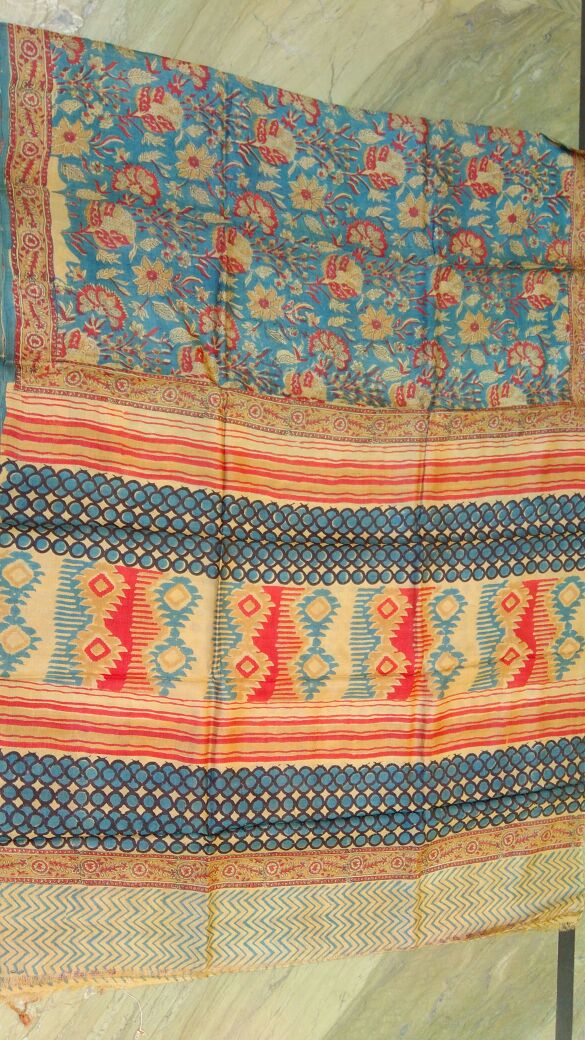Hand Block —The Method
Artisans hand-carve the designs to be printed into blocks of wood. Depending on the details in the design, each block could take several hours or even days to complete. Once the design is fully carved, the blocks are treated with oil.
#indigodyeingretreat #Thenaturaltextiledyes #thefutureofhandblockprinting #Sanganer #craftperson #originalcreator #ShilpiSansthan #NGO #jaipur #rajasthan #introduction #handblockprinting #ShilpiAHouseOfTraditionalHandBlockPrintedTextiles #textiles #ancientartofIndianblockprinting #MuseumofHandPrinting #heritagecraft #curatedonlineshop #handmadegoods #pioneeredcrafft #AllIndiaHandicrafts #Hastshilpi #MinisterofTextiles #textilecityjaipur #handmadegoods #blockprintingcraftdirectblockprinting
#howtoblockprint #blockprint #blockprintingonsilk #blockprintingblogs #printerstamps
#blockprintinginrajasthan #writeuponblockprinting #textilecityjaipur #contemporarytextiles #collectionhistorical #resourcelocalprinters #artisans #demonstrate #Indianblockcarving #woodblockcarving #woodblock #handblockcarving #collectionoftextiles
#traditionaldresses #restored16thcenturyhaveli #AmerFort #CulturalHeritageConservation #creationofcraft #renovationproject #craftsmen #indigenous #indigenous #traditional #techniques #originated #antique #Rajasthaniprintedcloths #Traditionally

































































































































































































































































































































































